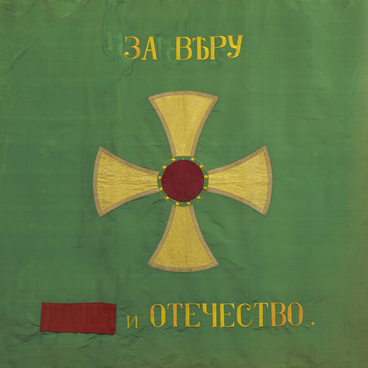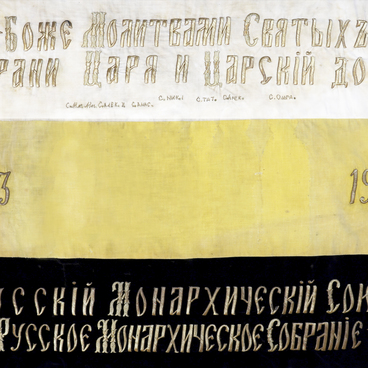Prior to 1917 events, about 4 mln people were living in Tambov Province comprising 12 parishes uniting 361 townships. Cities and towns residents constituted about 15% of the population, but the majority lived in rural areas. Fertile soils rich with organic black earth allowed for heavy crop and people in Tambov Province were better off than people in other regions.
After the revolution, Tambov peasants had to bear certain labour duties. The new government conscripted men fit for military service. The worst thing was that the authorities assumed the exclusive right to seize the agricultural products (e.g., for the army needs and for the needs of the urban population) and prohibited free trade. After such seizures, a certain portion of grain remained at the near-by storage facilities and railway stations, where it often rotted and was wasted.
The food requisitioning practices and the crop failure of 1920 resulted in starvation, and Tambov peasants rebelled.
During the first several months, the number of rebels grew up to approximately 4,000 people. By 1921, the insurgent army already comprised 30-50 thousand partisans. Tambov revolt is believed to be one of the biggest in the times of the Civil War.
Pyotr Tokmakov was the official head of the revolt, but actually, Alexander Antonov was the leaders of the insurgents. Therefore, in many historic books Tambov revolt was often called in his name.
The united partisan army comprised three Insurgent armies, and Bityug Regimen was part of the first one. It consisted mainly of the residents of Abakumovka village, where the general Operating Headquarters was situated for some time.
The rebels not only participated in military operations, they destroyed new agricultural institutions (collective farms and communes), and broke down railways. They tortured and killed the imprisoned communists and workers. According to some memoirs, all the military operations were thoroughly prepared; the rebels established partisan camps and arsenals. This resulted in the growing scale of the revolt, its power and success.
To put down the riot, Moscow assigned a big number of military detachments, weapons and machinery, and even airplanes. They divided the Province into several areas and started systemic elimination of the rebels under the command of Mikhail Tukhachevsky.
The soldiers destroyed the farming households and houses of the rebels, took hostages including children, and threatened the residents with shootings for defiance. Chemical shells were used against the rebels. By the late 1921, major insurgent forces were defeated. Alexander Antonov was killed in 1922.
After the revolution, Tambov peasants had to bear certain labour duties. The new government conscripted men fit for military service. The worst thing was that the authorities assumed the exclusive right to seize the agricultural products (e.g., for the army needs and for the needs of the urban population) and prohibited free trade. After such seizures, a certain portion of grain remained at the near-by storage facilities and railway stations, where it often rotted and was wasted.
The food requisitioning practices and the crop failure of 1920 resulted in starvation, and Tambov peasants rebelled.
During the first several months, the number of rebels grew up to approximately 4,000 people. By 1921, the insurgent army already comprised 30-50 thousand partisans. Tambov revolt is believed to be one of the biggest in the times of the Civil War.
Pyotr Tokmakov was the official head of the revolt, but actually, Alexander Antonov was the leaders of the insurgents. Therefore, in many historic books Tambov revolt was often called in his name.
The united partisan army comprised three Insurgent armies, and Bityug Regimen was part of the first one. It consisted mainly of the residents of Abakumovka village, where the general Operating Headquarters was situated for some time.
The rebels not only participated in military operations, they destroyed new agricultural institutions (collective farms and communes), and broke down railways. They tortured and killed the imprisoned communists and workers. According to some memoirs, all the military operations were thoroughly prepared; the rebels established partisan camps and arsenals. This resulted in the growing scale of the revolt, its power and success.
To put down the riot, Moscow assigned a big number of military detachments, weapons and machinery, and even airplanes. They divided the Province into several areas and started systemic elimination of the rebels under the command of Mikhail Tukhachevsky.
The soldiers destroyed the farming households and houses of the rebels, took hostages including children, and threatened the residents with shootings for defiance. Chemical shells were used against the rebels. By the late 1921, major insurgent forces were defeated. Alexander Antonov was killed in 1922.



